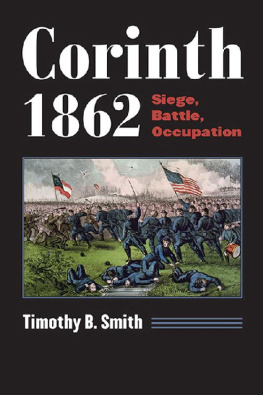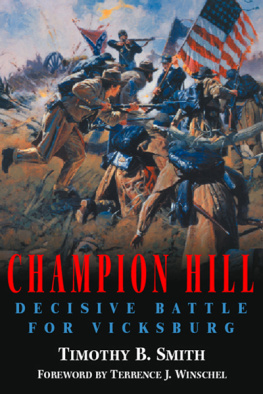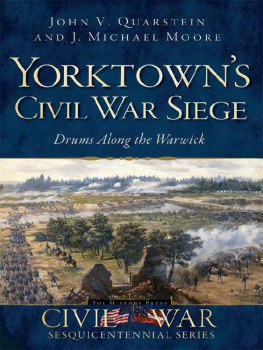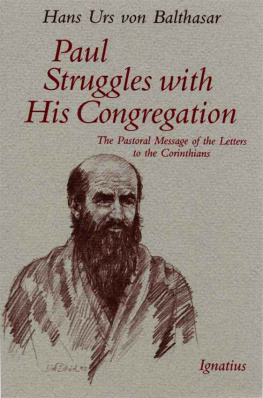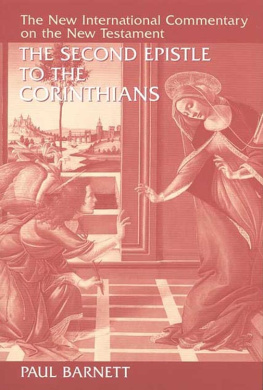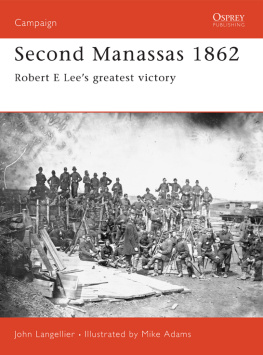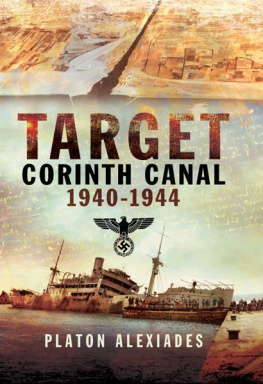Corinth 1862
MODERN WAR STUDIES
Theodore A. Wilson
General Editor
Raymond Callahan
Jacob W. Kipp
Allan R. Millett
Carol Reardon
Dennis Showalter
David R. Stone
James H. Willbanks
Series Editors
Corinth 1862
Siege, Battle, Occupation
_________
Timothy B. Smith

University Press of Kansas
2012 by the University Press of Kansas
All rights reserved
Published by the University Press of Kansas (Lawrence, Kansas 66045), which was organized by the Kansas Board of Regents and is operated and funded by Emporia State University, Fort Hays State University, Kansas State University, Pittsburg State University, the University of Kansas, and Wichita State University
Library of Congress Cataloging-in-Publication Data
Smith, Timothy B., 1974
Corinth 1862 : siege, battle, occupation / Timothy B. Smith.
p. cm. (Modern war studies)
Includes bibliographical references and index.
ISBN 978-0-7006-1852-1 (cloth : alk. paper)
ISBN 978-0-7006-2345-7 (pbk. : alk. paper)
ISBN 978-0-7006-2346-4 (e-book)
1. Corinth (Miss.)HistorySiege, 1862. 2. Corinth, Battle of,
Corinth, Miss., 1862. I. Title.
E473.56.S65 2012
973.7'31dc23
2012005829
British Library Cataloguing in Publication Data is available.
Printed in the United States of America
10 9 8 7 6 5 4 3 2 1
The paper used in this publication is recycled and contains 30 percent postconsumer waste. It is acid free and meets the minimum requirements of the American National Standard for Permanence of Paper for Printed Library Materials Z39.48-1992.
To
William J. Gully and Anel D. Crenshaw,
my great-great-grandfathers
Both of Company D, 36th Mississippi Infantry
Both in the siege of Corinth
Both wounded at the Battle of Corinth
CONTENTS
ILLUSTRATIONS
Maps
Photographs
PREFACE
Major General Henry W. Halleck, commander of the massive Union Department of the Mississippi, looked at the strategic situation in the spring of 1862 and immediately saw the keys to victory. Writing to Secretary of War Edwin M. Stanton on May 25, Halleck declared, Richmond and Corinth are now the great strategical points of war, and our success at these points should be insured at all hazards. That was quite a statement, given the fact that major economic, industrial, and military centers such as Chattanooga and Atlanta were still in Confederate hands at the time. Nevertheless, Halleck named the Confederate capital and the almost unknown railroad crossroads at Corinth, Mississippi, as the two keys to Union success. The importance of Richmond was evident, but mention of the small town of Corinth seemed surprising, on the surface.
Many others echoed Hallecks sentiments, however. One lower-level Federal described Corinth in Lincolnesque fashion as the key that unlocks the cotton States, and gives us command of almost the entire system of Southern railroads. Certainly, Confederate officials agreed with Hallecks summation of Corinths importance. No less an authority than Corinths defender, P. G. T. Beauregard, argued to Richmond immediately after Shiloh, If defeated here, we lose the Mississippi Valley and probably our cause. John Tyler Jr., son of the former president and now a Confederate officer, described Corinth as the key to the Tennessee and Mississippi Valleys. A former Confederate secretary of war, Leroy Pope Walker, highlighted Corinths significance when he referred to the two major railroads that crossed there as the vertebrae of the Confederacy. Historians have long asserted that the Confederate cabinet in Richmond even deliberated whether to abandon the capital to defend Corinth.
Corinths obvious importance in the Civil War went through several phases. Initially, the towns strategic or tactical significance was less than its logistical importance. At first, Corinth served as one of Mississippis, and then the broader Confederacys, major logistical and mobilization hubs in the western Confederacy. The fact that it sat at the junction of two of the Souths most important rail lines is enough evidence, but the mass of troops that came and went and finally concentrated at Corinth overwhelmingly confirms the towns initial importance as a military staging area.
Then, for a few months in early 1862, Corinth became a strategic and even tactical necessity. In fact, during the months of March, April, and May 1862, there was no more important place than Corinth in the western Confederacy and, arguably, in the South as a whole. Federal commanders concentrated almost all their power in the vast western theater on Corinth, forcing Confederate officials to do the same. The result was the iconic battle at Shiloh in April, fought over Corinths railroads. Then came the month-long siege in May and the capture of the town and its railroads.
Corinths significance to the war effort then morphed into another logistical realm, this time for the occupying Union forces. The town became the base from which Federal armies spread along the Memphis and Charleston Railroad eastward toward Chattanooga and westward to Memphis. The plan was to use this line, particularly from Corinth to Memphis, as the staging and support area for the Union advance down the Mississippi Valley, ultimately toward Vicksburg.
The role Corinth played in the Civil War changed yet again in the fall of 1862 as Confederate armies pushed forward in a massive offensive. Southern officers led their columns into Union-occupied areas of Maryland, Kentucky, and west Tennessee. Corinth became the focal point of the west Tennessee invasion, and the offensive resulted in a horrific battle in October. Although not as large as Antietam, and obviously overshadowed by it, Corinth was just as intense. The Federals repelled the offensive and retained Corinth, thus allowing the delayed Vicksburg campaign to move forward. From the CorinthMemphis line, Ulysses S. Grant led his columns southward and eventually opened the Mississippi River, cutting the Confederacy in two.
The secured Federal bastion at Corinth had a more practical result as well. As the Union effort increasingly became a war to end slavery, the Federal government began to make provisions for contrabands, the official term for runaway slaves. Eventually, the government took over their care and began enlisting them into the Union army. Corinth, sitting on the brink of Confederate territory, was on the front lines of this racial war. Securing Corinth allowed the Federal army to care for and enlist thousands of former slaves in the most famous of all contraband camps in the western theater.
Despite its multifaceted significance, Corinth has received little attention from Civil War historians. Overshadowed by Shiloh, the highly significant May operations are often relegated to mere paragraphs, partly because the siege produced relatively little bloodshed. Yet much like the Tullahoma campaign in 1863, Corinths capture by the Federals was extremely important. Taking place at the same time as the Antietam and Perryville campaigns, the October battle at Corinth has likewise been overshadowed. And beause historians have only recently begun to look at the social aspects of war, topics such as civilians, race, and politics at Corinth have rarely been discussed.
But Corinths history has all the ingredients of a fascinating and important operation. Larger-than-life figures such as the still-learning Ulysses S. Grant, the carousing Earl Van Dorn, the dapper P. G. T. Beauregard, the portly and intriguing Sterling Price, the bookish Henry Halleck, and the rising William S. Rosecrans all took part in the campaigns. Natural phenomenon such as earthquakes and acoustic shadows baffled the soldiers, who were already confused by the fog of war. Brutal fighting that saw several brigades lose as much as 50 percent of their strength, and one lose 70 percent, attests to the vicious nature of the campaigns.
Next page
